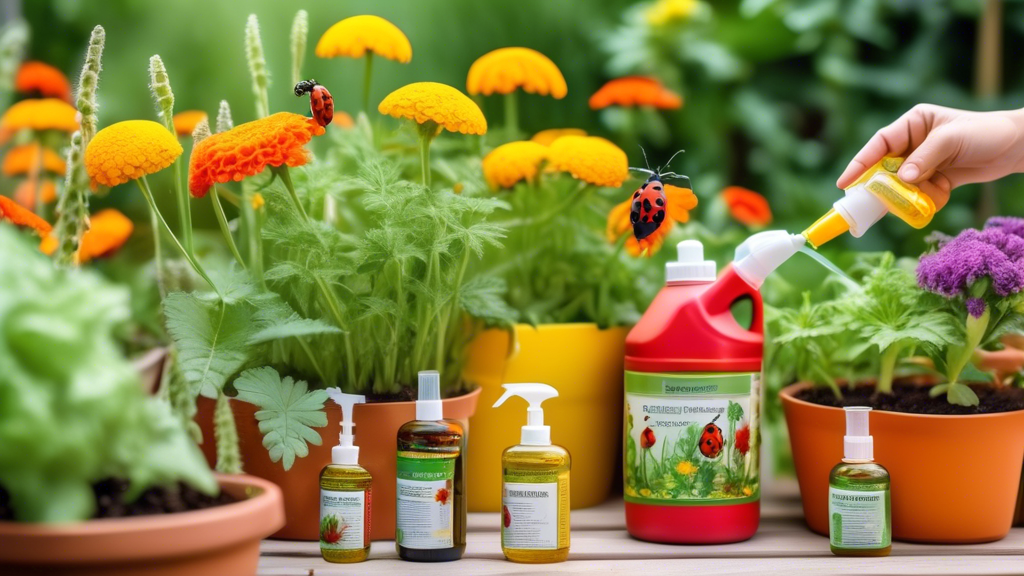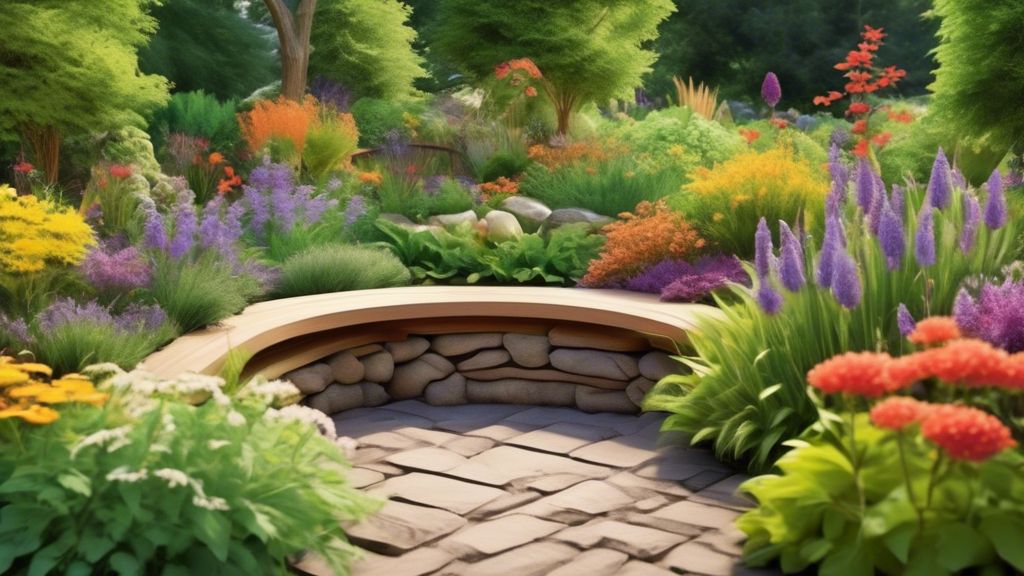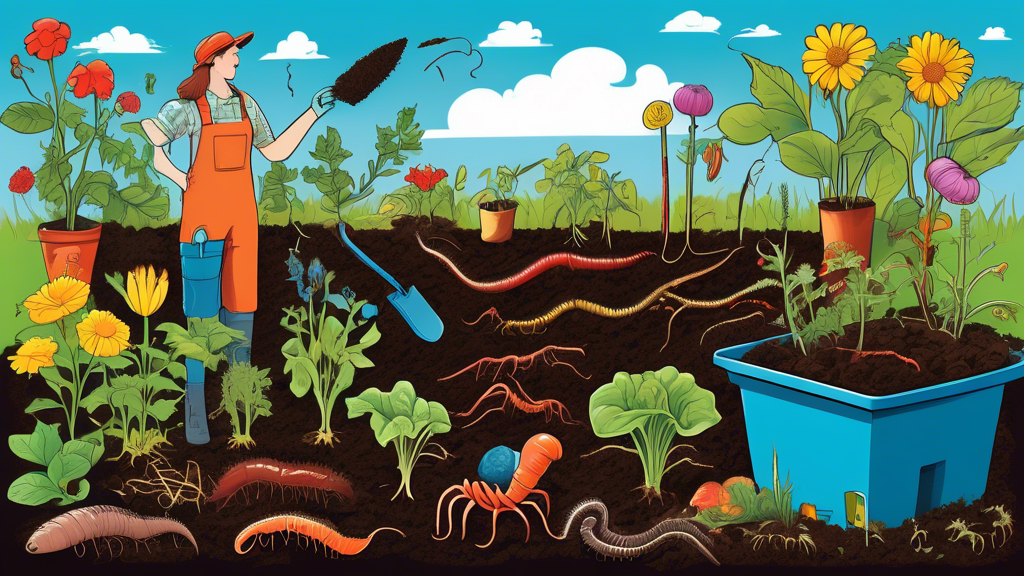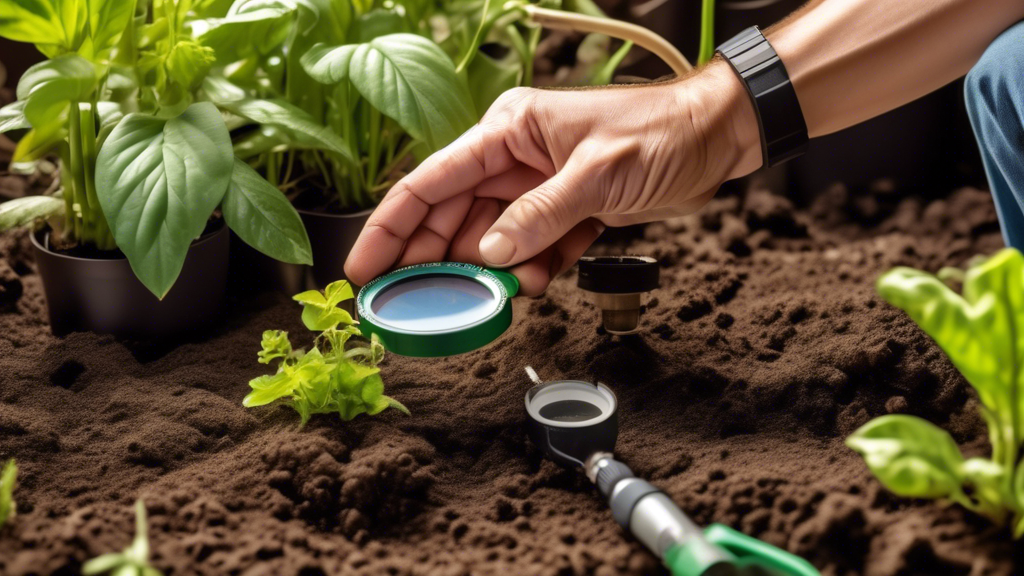
Managing pests effectively is crucial for home gardeners seeking to maintain healthy plants and vibrant gardens. Opting for do-it-yourself solutions offers several advantages over commercial products. These homegrown methods often are more environmentally friendly and affordable, reducing chemical usage and promoting a safer outdoor space. Additionally, DIY approaches provide gardeners with a sense of accomplishment and the satisfaction of creating their own pest control measures. By employing natural repellents, homemade traps, and biological control techniques, gardeners can safeguard their plants while fostering a harmonious ecosystem. This article explores various DIY pest management solutions that can help you enjoy a thriving garden.
As a home gardener, maintaining a healthy garden is important to foster plant growth and ensure bountiful harvests. An integral part of this process is effective pest management. Pests can significantly harm plants, leading to reduced yields and unhealthy crops. Managing these nuisances becomes crucial for sustaining a thriving garden.
Opting for DIY pest management solutions offers several advantages. First, these methods are often more affordable than purchasing commercial products. Many DIY solutions utilize readily available household items, which can save money and trips to the store. Additionally, creating your own pest control remedies allows you to avoid harmful chemicals commonly found in commercial products. This is not only healthier for your plants but also safer for you, your family, and the environment.
Another benefit of DIY pest management is the personalization it offers. You can experiment with different solutions to find what works best for your specific garden conditions. This empowers you to develop a pest control strategy that is most effective for your unique plant varieties and local pest populations. Furthermore, engaging in DIY pest control encourages a deeper understanding of garden ecosystems, making you a more informed and responsive gardener.
Lastly, using DIY methods contributes to sustainable gardening practices. By opting for natural and homemade solutions, you reduce reliance on commercial products that often come with excessive packaging and chemicals. This supports a more eco-friendly gardening approach, promoting the well-being of the entire ecosystem within and around your garden.
Exploring DIY pest management solutions can transform the way you care for your home garden, providing cost-effective, safe, and sustainable options to keep pests at bay while fostering a healthier environment.

Effective DIY Pest Management Techniques
Natural Repellents: Ingredients and Applications
Natural repellents serve as a beneficial method for gardeners aiming to manage pests without harmful chemicals. Ingredients such as garlic, neem oil, and chili peppers provide an eco-friendly approach. Garlic spray, for instance, involves blending garlic cloves with water, which can then be strained and applied to plants. Neem oil, derived from the neem tree, acts as a powerful deterrent and can be mixed with water and a few drops of dish soap for better adherence to plant surfaces. Chili pepper spray, created by blending fresh chili peppers with water, effectively repels various insects when applied regularly.
Homemade Traps: Step-by-Step Guides to Creating Effective Traps
Constructing traps is a straightforward way to reduce pest populations. For example, a simple fruit fly trap can be made using a jar filled with a mixture of apple cider vinegar and a few drops of dish soap. The mixture attracts the flies, and the soap reduces the surface tension, causing the flies to drown. Another effective trap is the slug trap, which utilizes a shallow dish of beer buried up to the rim in the soil. Slugs are attracted to the beer and drown upon falling into the dish. Sticky traps, made by coating yellow index cards with petroleum jelly, can capture aphids and whiteflies effectively. Placing these traps around impacted plants provides a clear reduction in pest numbers.
Biological Control: Encouraging Beneficial Insects and Natural Predators
Fostering an environment that welcomes natural predators can significantly aid in managing pests. Ladybugs, lacewings, and parasitic wasps are among the most effective insects for controlling common garden pests like aphids and caterpillars. Providing food sources such as nectar-rich flowers helps attract these beneficial insects. Additionally, installing birdhouses can encourage birds that prey on pests. Nematodes, microscopic worms, can also be introduced into the soil to target and eliminate larvae of various garden pests. Maintaining a balanced ecosystem through these methods helps sustain a healthy garden with minimal pest disturbances.
In conclusion, DIY pest management solutions provide an accessible and eco-friendly alternative for home gardeners. These methods not only offer environmental benefits compared to commercial products but also allow gardeners to actively engage in maintaining their green spaces. By using natural repellents, creating homemade traps, and promoting beneficial insects, gardeners can effectively protect their plants. These strategies emphasize sustainability and encourage a deeper connection with nature. Adopting these practices can transform pest control from a chore into a rewarding aspect of gardening, leading to healthier plants and a more satisfying gardening experience.






